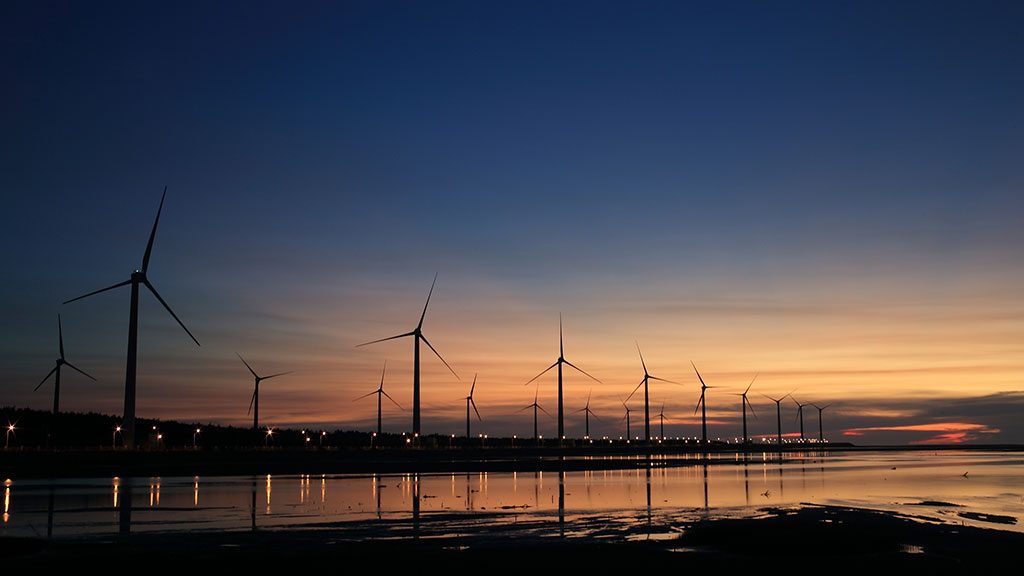According to Bloomberg’s New Energy Outlook report, global spending on energy transition technologies in 2022 amounted to approximately $1.1 trillion, a new annual high. This record-breaking amount represented a 31% increase relative to the previous year.
Investments in the renewable energy sector reached $495 billion in 2022, securing its spot as the sector with the largest cash inflow. Meanwhile, funding for electrified transport followed close behind, with a $466 billion allocation, representing year-over-year growth of +54%.
Other energy transition-related sectors also attracted substantial financing, including electrified heat ($64 billion); energy storage ($15.7 billion); sustainable materials ($30 billion); hydrogen production ($1.1 billion); and carbon capture and storage ($6.4 billion).
The hydrogen sector, in particular, showed impressive growth, receiving three times more money in 2022 than in 2021. The expansion of spending in these areas indicates the competitiveness of clean energy technologies and increased government policy support.
Investments in energy transition equaled fossil fuel levels
Last year, for the first time in history, investments in clean energy matched that of fossil fuels. Although higher-than-usual oil and gas prices spurred increased funding in the fossil fuels sector, widespread technological advances in renewable energy, global growth in electric vehicles and environmental awareness lured more investors into energy transition efforts.
What is required to achieve net-zero by 2050?
In 2015, 197 countries announced their commitment to the Paris Climate Agreement, which has a target of net-zero carbon emissions by 2050. To achieve this goal, according to Bloomberg, future annual investments in energy transition technologies must more than triple the 2022 level. To meet the internationally adopted deadline for achieving net-zero, an estimated total investment of $4.55 trillion would be required by 2030.
Expected future investment growth
Bloomberg projects a bright future for electrified transport, forecasting it to become the best-funded sector in the clean energy industry. Renewable energy, electrified transport and power grids are expected to receive 72% of all clean energy investments between 2023 and 2030.
Clean technology factory investments have quadrupled since 2018, reaching $78.7 billion in 2022. Last year, $45.4 billion was used to fund the building of battery factories, 58% of which will manufacture lithium-ion battery components.
By geographic location
According to the International Energy Agency, China and the developed economies have accounted for more than 90% of the recent growth in clean energy investments. Almost half of the worldwide clean energy transition spending has come from China ($546 billion).
Following China, the U.S. was the second-largest contributor to energy transition technologies, investing $141 billion. However, this figure was surpassed by the EU’s collective investment of $180 billion. Germany’s massive investment in its highly developed EV sector has helped it secure third place worldwide among individual countries, after China and the U.S.
India, Brazil, the UAE, Saudi Arabia and Oman are also increasing their investments in energy transition technologies. In 2022, India approached its target of becoming a key global producer of green hydrogen by allocating $2.13 billion in investment dollars to produce five million additional metric tonnes by 2030. Also, India is in discussions with the EU to possibly supply 10 million metric tons of green hydrogen annually. Singapore is also hoping to secure between 1.0 and 1.5 million metric tons of hydrogen from India under a similar agreement.
Energy transition in developing countries, however, is being underfunded. To attain climate goals by 2030, energy transition investments in developing countries should be $1.7 trillion annually. In 2022, they reached only $544 billion.
Commodities will see increased demand
The global energy shift is having a large impact on commodity markets. Most apparent, the booming electrified transport sector’s need for battery materials has increased the demand for lithium, nickel, cobalt, graphite and other commodities.
The development of EVs and battery storage have been responsible for 30% of global lithium demand since 2015. The market for lithium is expected to increase by more than 40 times out to 2040, with the demand for nickel, graphite and cobalt potentially growing by 20 to 25 times each. As electricity networks expand, the demand for copper will double in 20 years.
Conclusion
The transition to clean energy is speeding up due to increasing investments globally. New projects related to renewable energy and electrified transport are receiving the most funding, with China being a key player. As a result of this historic transformation, commodity demand for lithium and other materials used in EVs has increased and will continue to grow long-term. More support from developing countries, however, is needed for net-zero to be reached by 2050.
Dmytro Konovalov has over 10 years of experience in equity research and analysis for global markets at leading international financial institutions.





Recent Comments